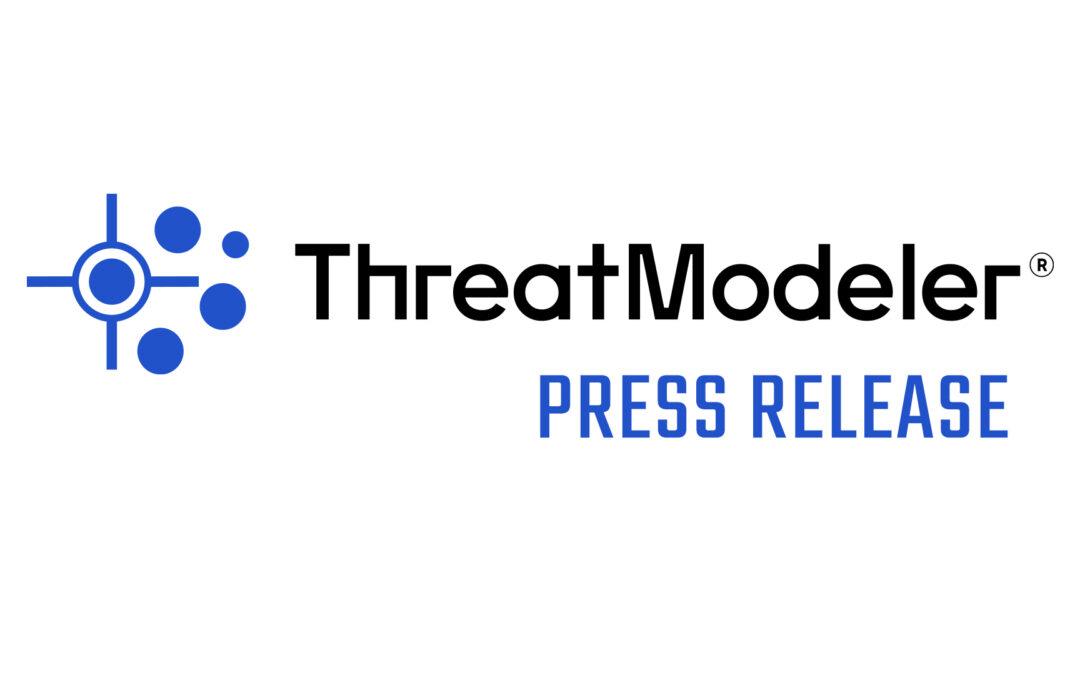December 20, 2022 – ThreatModeler, a leader in threat modeling and securing cloud infrastructure from design to deployment, today released survey findings that reveal key trends and pain points facing businesses as they build and maintain secure and resilient architectures. The survey sourced responses from those in the information technology industry with owner, executive, C-level and senior management positions.
Enterprises today are dealing with ballooning security threats, increasingly complex architectures, and a lack of skilled workers to meet everyday needs. According to the survey, more than 67% of IT leaders agree that their team has found it difficult to keep their architectures resilient in face of increased IT/OT architecture complexity and rising threats. Even when aware of vulnerabilities, nearly 64% agree that their teams have found it difficult to prioritize which ones they should address first.
“IT leaders know that the only realistic way they can keep up with accelerating complexity and increasing threats is by being proactive,” said Archie Agarwal, Founder and CEO, ThreatModeler. “Proactive approaches to security and resilience provide peace of mind during deployment and automated tools like ThreatModeler enable teams to rapidly respond to zero day events thanks to a robust understanding of their attack surface – this is why IT leaders who use ThreatModeler consistently report higher confidence in their tools.”
Key Survey Findings
ThreatModeler’s survey results show that enterprises are turning to automation and proactive technologies to reduce the burden on development and security teams amid the growing skills gap and ongoing labor shortage.
More than 71% of IT leaders agree/strongly agree the labor and skills shortages have led their team to seek more automated solutions within the software development life cycle (SDLC).
More than 66% of IT leaders agree/strongly agree that labor and skills challenges have led their team to seek solutions that identify architecture vulnerabilities earlier in the SDLC.
Overall, most IT leaders are confident in their current security tools to detect vulnerabilities and prevent breaches efficiently and effectively, but confidence increases for those who leverage a threat modeling tool.
]Nearly 71% of IT leaders agree their current SDLC tools and processes efficiently and effectively detect vulnerabilities, but that number rises to over 86% for those who leverage a threat modeling tool.
Nearly 79% of IT leaders are confident that their security tools are sufficient to prevent breaches, but that number rises to more than 87% for those who leverage threat modeling.
78% of IT leaders say their current security tools are efficient in terms of team resources (budget, labor, time), but that number rises to more than 86% for those who leverage threat modeling.
Overall, IT leaders who adopt threat modeling tools are more likely to focus on proactive security and avoid the risky approach of aiming to quickly identify and mitigate zero-day threats.
IT leaders who leverage threat modeling tools are 10% more likely to have a focus on finding tools that prevent vulnerabilities from making it to production when planning security budgets then IT leaders generally.
IT leaders who leverage threat modeling tools are nearly 8% less likely to have a focus on finding tools that quickly identify and mitigate zero-day threats as they emerge when planning security budgets than IT leaders generally.
The ThreatModeler solution – along with CloudModeler and IaS-Assist – empowers DevOps to protect their IT environment and applications through automated threat modeling in mobile and IoT application design. With the ThreatModeler platform, users design, build and manage security from development to deployment, and ThreatModeler software instantly visualizes their attack surfaces, mitigating security flaws and minimizing threat drift in SDLCs. By enabling developers to understand the full scope of their code, ThreatModeler’s capabilities simultaneously minimize risk and ensure sufficient compliance and governance protocols post-deployment.
Click here to read the survey report or learn more about ThreatModeler with a live demo.
About the Survey
The survey was fielded by SurveyMonkey in November 2022. The survey yielded responses from 256 senior IT professionals in the U.S. who held owner, executive, C-level and senior management positions.
About ThreatModeler Software, Inc.
ThreatModeler Software, Inc.’s suite of products empowers DevOps to measure their threat drift from code to cloud. With a fraction of the time and cost tied to other tools, users can design, build and validate threat drift from development to deployment. Teams can instantly visualize their attack surface, understand security requirements and prioritize steps to mitigate threats. CISOs can make critical security-driven business decisions to scale their infrastructure for growth.
| Clayton Murtle | |
| Media Contact | |
| ThreatModeler@luminapr.com | |





